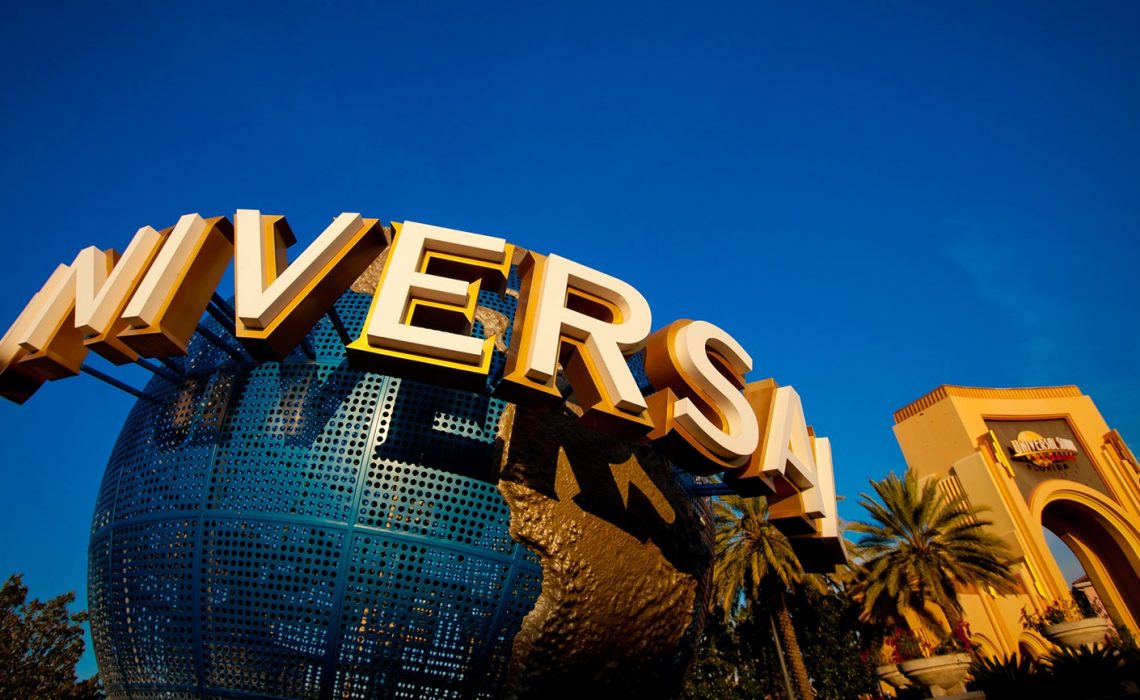
You might also like:
The latest theme park attendance figures reveal that while Disney still dominates, its main U.S. competitor, Universal Parks and Resorts, is also on a healthy growth path fueled by the popularity of Harry Potter and efforts to transform Universal Orlando into a comprehensive, multiday experience.
In all, Disney parks welcomed more than 150 million guests globally in 2017, some three times more than Universal’s 50 million, according to the 2017 Theme Index, an annual compilation of theme park attendance figures from the Themed Entertainment Association and AECOM, released in May.
Disney saw 6.8% attendance growth over 2016, which the Theme Index attributed to opening Pandora-The World of Avatar in Animal Kingdom at Walt Disney World and to the first full year of operations at Shanghai Disneyland.
Universal also fared well. The third-largest theme park group worldwide, behind Disney and the Merlin Entertainments Group — which includes eight Legoland properties and a large collection of small and midsize parks — Universal’s parks experienced 4.4% visitor growth. That growth was “primarily driven by the Harry Potter-themed lands and attractions, the most recent of which completed its first full year at Universal Studios Hollywood, sparking an attendance increase of nearly 1 million,” according to the report.
The Wizarding World of Harry Potter opened at Universal Orlando in 2010 and at Universal Studios Hollywood in 2016.
“It’s true we’ve had Potter for a while, but it continues to rank very highly,” said Frank Belzer, Universal Orlando’s senior vice president of sales. “Our guests will tell us it’s the thing they loved most. Even repeaters will come back and see it again. And we’ve added elements to the experience that have really made it a little newer.”
Even so, Universal must compete this year with the buzz Disney generates with the opening of Toy Story Land at Disney’s Hollywood Studios in Florida and, next year, with Star Wars lands.
Another boost for Universal was last year’s opening of the Volcano Bay waterpark, which had 1.5 million visitors in its first year and was one of the only 2017 domestic water park success stories, with most seeing declines. While the report applauded innovations at Volcano Bay, including unique combinations of wet and dry rides and advances in virtual queuing, Belzer said its success is about more than creating a waterpark that resonates with guests.
“Research tells us that … it’s as much about us now having three parks. In the mind of a consumer, that has made us more of a destination,” as has the addition of hotel inventory, Belzer said. “It’s more about hitting a tipping point where this idea of going to Universal Orlando Resort, staying there for three, four, five days, makes a lot more sense.”
As for the rest of the North America-based theme parks, the Six Flags parks saw a modest gain of 2.3%; Cedar Fair, a collection of regional theme and water parks, reported a 2.4% increase; and SeaWorld Parks and Entertainment had another challenging year, with attendance down 5.5%.
The other big factor leading theme park growth globally is China, where three companies (OCT Parks China, Fantawild and ChimelongGroup) made the top 10 list, all with double-digit growth. While attendance at North American theme parks inched up 2.3% in 2017, attendance in China ballooned by nearly 20%.
Not surprisingly, China has also become the next frontier for Disney and Universal.
“We have forecasted for several years that China would become the largest theme park market in the world by 2020,” the report stated. That forecast is still on track, especially with Universal Studios Beijing due to open around that time and other projects still in the pipeline.
Source: travelweekly.com
